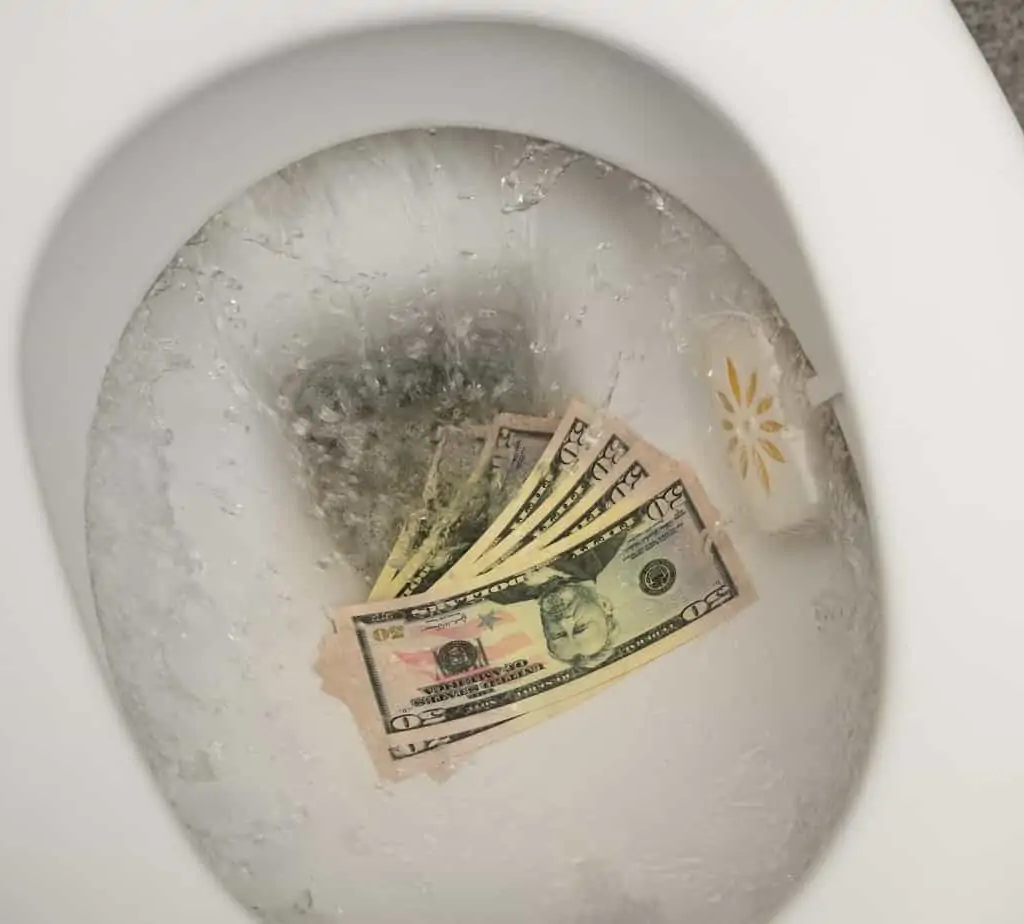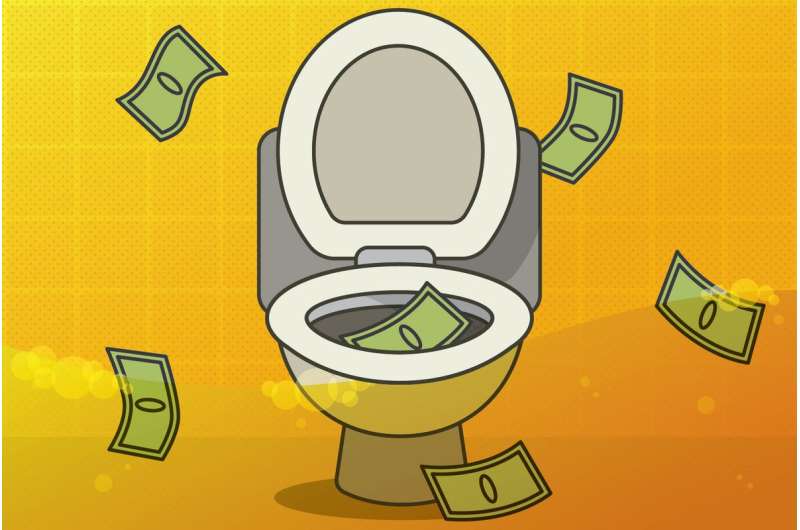According to recent research from West Virginia University engineers, garbage flushed down toilets could be a valuable source of resources and profits while also being less harmful to the environment. They explained that new method of recycling urine can stop this wastage and even promote profit gains.

Kevin Orner, an assistant professor in the Benjamin M. Statler College of Engineering and Mineral Resources, is working on a technique that will allow urine to be treated locally rather than at a distant, central wastewater treatment facility. The system, which could be installed beneath a toilet, would speed up urine treatment and encourage the recovery of nitrogen, a nutrient that may be used to make fertilizer. The research by Orner, which was published in the journal Environmental Technology, increases the viability of urine recycling in terms of infrastructure integration and may lessen the quantity of nutrients that reach lakes and rivers. Aquatic ecosystems are at risk from excessive fertilizer discharge because it encourages the growth of algae that deplete the water’s dissolved oxygen.

The objective is to change waste collection and treatment from an expensive, environmentally damaging service to a profitable, profitable service. Orner explained, “You have a toilet in your home and a sewer that transports the trash to a treatment plant that may be miles away.” “Building the sewer line that connects to your home and processing the waste at the facility both produce greenhouse gas emissions. “The wastewater treatment plant typically uses energy-intensive electric blowers to convert the ammonium in wastewater to nitrate and to convert that nitrate into nitrogen gas in order to prevent the nutrients from being discharged to your local river.”
Therefore, no beneficial product is produced, and nitrogen gas returns to the environment. Recycling waste is not a novel idea. Manure has long been used by farmers to improve the soil and urine to keep pests away. Industrial-scale feces-to-fertilizer conversion processes as well as infrastructure and initiatives for human urine recycling are already in place in cities like Nairobi, Kenya, and Brattleboro, Vermont.

Orner imagines toilets that separate excrement and pee so that each waste product can be gathered, treated, and turned into a useful commercial product, most frequently used as fertilizer for plants. Orner’s work is significant because his team was able to significantly speed up treatment—reducing a process that could take weeks or months—by priming the collection and treatment reservoir with an inoculation of soil containing helpful microorganisms, adding carbon pellets to provide a growing surface for bacteria that are key to the treatment process, and using a fill-and-draw procedure whereby small amounts of treated urine are removed and fresh urine is incrementally added. Circular sanitation isn’t quite ready to take over as the new standard of living. High-end, urine-separating toilets can be pricey but look nearly comparable to contemporary toilets. Cheaper versions could smell or call for people to change their habits.
Read More
- The first radiation belt spotted outside of our solar system is being seen by astronomers
- The Paris Air Show Features Flying Taxis; the Olympics are Next
- Networks of nanowires Learn and retain information like a human brain
- Data on populations will be strengthened by new technology and increased processing capacity.
Conclusion
Turning waste that was meant to go down the drain of the toilet to useful resources through the process of recycling is a huge feat and would definitely, mean raking a lot of profit gains in the process. The endeavor into this research is something that we expect to be commercialized into mass production soon.

